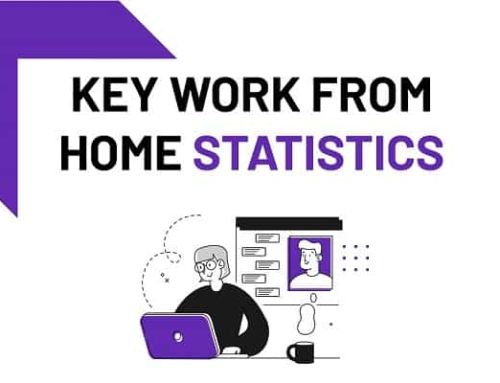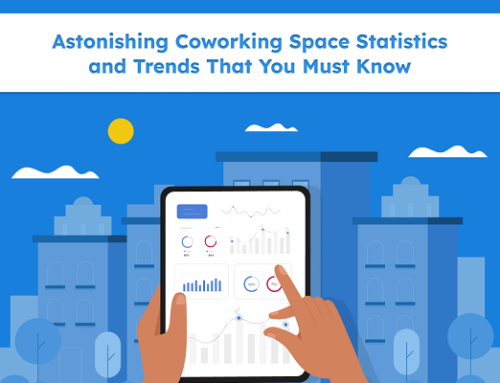Even if you have a job that offers plenty of satisfaction in terms of both rewards and engagement, there can still be times when things go wrong and you find yourself having negative thoughts about your workplace, your colleagues, even your own suitability for the role itself.
These types of thoughts are only natural responses to difficult situations, but they can lead to real problems with stress, which affects not only your own health but also the company’s bottom line and the national economy (workplace stress is believed to cost the US economy $500 billion a year).
So what can be done?
Also read: The Importance Of Emotional Intelligence In The Workplace
Psychologist Susan David recommends working on improving your emotional agility, which is what helps us to navigate the ups and downs of life with self-acceptance, clear-sightedness and an open mind. When you have enough emotional agility, setbacks at work should start to bounce off you like water on a duck’s back, so here are some techniques to help you:
Identify unhelpful negative thoughts and challenge them
When something goes wrong at work and you start to have negative emotions, you have a clear choice to make – to see these emotions are helpful or unhelpful. Sometimes they can be useful ways to learn a lesson that will help you in the future, but if they are just making you feel bad about yourself, you need to be able to recognise this and challenge them to disrupt the effect they have on you.
Get motivation from the bad times
Turning a negative into a positive is one of the key aspects of being emotionally agile. Instead of dwelling on what has gone wrong, use it as an opportunity to set yourself a new goal to make things right again, and you will give yourself fresh energy.
Go for a walk to clear your head
Another way to turn negative energy into positive energy is to turn the focus to your body rather than your mind when it is troubled by unhappy thoughts. Instead of sitting down and worrying, go for a walk around the office or get some fresh air if you can. This will take your mind off your worries and get you ready to deal with things when you get back.
Also read: Walk and Talk Your Way to Success: The Why’s and How’s of Walking Meetings
You can find more ways to improve your emotional agility in this infographic from QuickQuid, including using breathing and visualization exercises, all of which can help you get back to feeling happy at work again.
![[Infographic] How To Stop Unhappy Thoughts Affecting You At Work](https://149362086.v2.pressablecdn.com/wp-content/uploads/2018/01/Infographic-How-To-Stop-Unhappy-Thoughts-Affecting-You-At-Work.png)





Leave A Comment